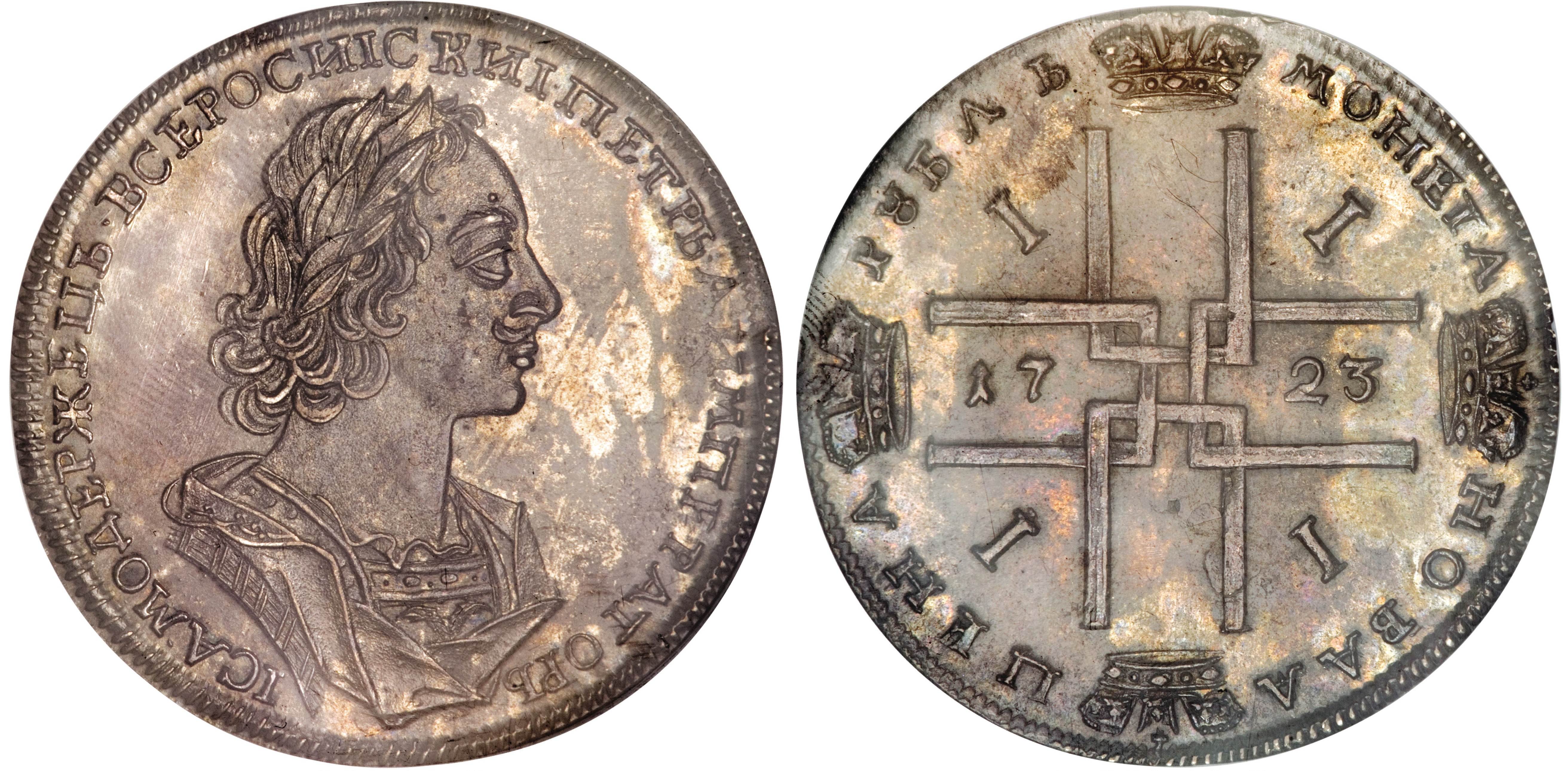
By Jim O’Neal
When I was diagnosed with prostate cancer in 2001, it didn’t seem to faze me. After reading all the literature on this pernicious disease, I was convinced of two things: First, surgery was the best option and second, the skill of the surgeon was the critical variable to ensure a positive result. I had heard the finest surgeon for this kind of procedure was a doctor at Johns Hopkins named Patrick Walsh and I had a connection that got me an appointment in June of that year.
After waiting in line behind the governor of Connecticut and the king of Spain, my operation was scheduled for Sept. 5 (it was a long line and Walsh performed only four procedures a week). Strictly by chance, I watched 9/11 unfold on CNN while recuperating in a rental recliner in a Baltimore hotel room.
PepsiCo made a healthy donation to a special research fund and invited Dr. Walsh to be a guest speaker at a boondoggle in 2003 in St. Petersburg, Russia, that coincided with the city’s 300-year anniversary. Pepsi-Cola had been the first western brand sold in the USSR (1972) since Chairman Don Kendall had a theory that trade was a better alternative than nuclear war. Since the Russians were short of hard currency, we traded Pepsi concentrate for Stolichnaya vodka. By the time I got to Europe, there were 26 Pepsi-Cola bottling plants in Russia.
St. Petersburg was always intriguing to me since it had been founded by Peter the Great in 1703. Peter (1672-1725) became ruler of Russia in 1682 (yes, he was 10 years old), at first jointly with his half-brother as co-Tsar and his mother as regent. In 1696, he became sole ruler of a vast empire. Seven years later, he founded St. Petersburg on the estuary of the River Neva and this new city, fortress and port by the Baltic Sea gave Russia direct access to Europe. This opened new opportunities for trade and military conquest, so Peter boldly made his new city Russia’s capital, stripping the title from the ancient seat of Moscow.
An admirer of Western palaces, Peter employed European architects to design the government buildings, palaces, houses and university in the fashionable baroque style. Labor was no problem with 30,000 peasants, Russian convicts and Swedish prisoners of war available for the construction gangs. More than 100,000 died, but those who survived could earn their freedom.
Peter proceeded to use his unchallenged power to make significant changes in Russia by founding the Russian navy and reforming the army along European lines, developing new iron and munition industries to equip it. By 1725, Russia had a first-rate army of 130,000 men. His court system was also transformed, adopting French-style dress. New colleges forced the nobility to educate their children and established a meritocracy for promotion. However, he treated rebels ruthlessly and adopted an aggressive foreign policy that gave him control of the Baltic Sea.
Although Peter wisely forged diplomatic ties with Western Europe, he failed to form an alliance against the Ottomans. His enlightened reforms established him as a powerful emperor of a vast empire and monarchy that survived until the bloody Russian Revolution in 1917.
“I built St. Petersburg as a window to let in the light of Europe!” Not a bad legacy and certainly superior to what has occurred in the past 100 years.
 Intelligent Collector blogger JIM O’NEAL is an avid collector and history buff. He is president and CEO of Frito-Lay International [retired] and earlier served as chair and CEO of PepsiCo Restaurants International [KFC Pizza Hut and Taco Bell].
Intelligent Collector blogger JIM O’NEAL is an avid collector and history buff. He is president and CEO of Frito-Lay International [retired] and earlier served as chair and CEO of PepsiCo Restaurants International [KFC Pizza Hut and Taco Bell].
